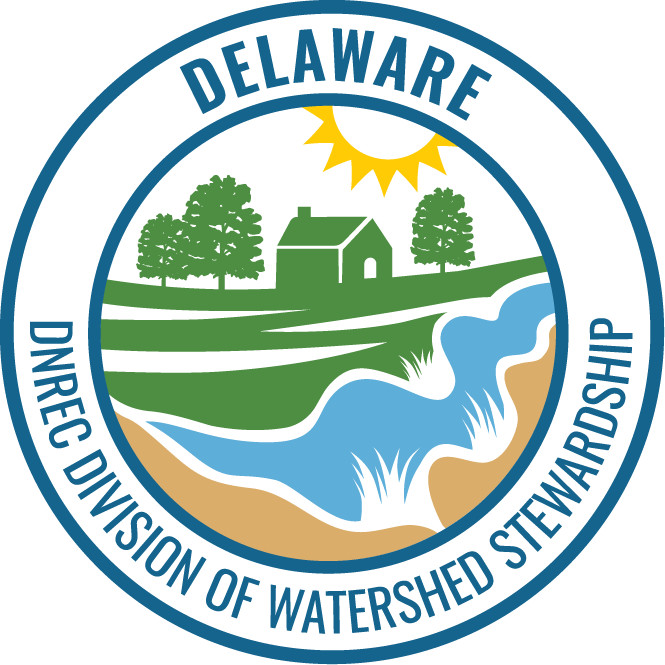
Facebook Twitter Instagram YouTube
Written on: May 8th, 2019 in Wetland Animals
By Erin Dorset, DNREC’s Wetland Monitoring and Assessment Program Birding is always exciting in Delaware. While some bird species are year-round residents, many others are migrants traveling along the Atlantic Flyway. This keeps things interesting, as it allows birders to see a very wide variety of species throughout the year. A lot of these awesome […]
Written on: March 11th, 2019 in Wetland Restoration
By Jules Bruck, University of Delaware Great things come naturally in Laurel, Delaware including the new green infrastructure treatments that are popping up along the Broad Creek – home to the future Laurel Ramble. This past summer the Sussex County Conservation District broke ground on a parcel of land in the center of the Ramble […]
Written on: February 27th, 2019 in Education and Outreach
By Brittany Haywood, DNREC’s Wetland Monitoring and Assessment Program Wetlands are a part of our everyday lives. They are in the landscape silently helping to control flood waters, clean our drinking waters and protect us from damaging storms. Knowing what wetlands are, where they are, how they work, and what can and can’t be done […]
Written on: December 3rd, 2018 in Wetland Assessments
By LeeAnn Haaf, Partnership for the Delaware Estuary Sea levels are rising in the Delaware Estuary– we’ve already observed its effects. Over the last couple decades, we have seen dramatic losses of tidal marsh acreage and documented the death of trees bordering those tidal marshes. We know that the last hope for a lot of […]
Written on: December 1st, 2018 in Wetland Animals
By Kenny Smith, DNREC’s Wetland Monitoring and Assessment Program Wetlands provide many services to us, like purifying our water, flood protection, and wildlife habitat. The animals that live in our wetlands can provide ample opportunities for outdoor activities like bird watching, fishing, and hunting. Delaware’s typical hunting and trapping seasons start in September and concludes […]
Written on: December 1st, 2018 in Wetland Animals
By William Koth, DNREC’s Delaware State Parks Bryozoans may be one of our most overlooked and underappreciated animals. Known as “Moss Animals,” bryozoans are small, simple animals rarely growing more than 1/25th of an inch in length. However, most bryozoans form colonies that can vary greatly in number, form, and size. Bryozoan Biology Each individual […]
Written on: November 27th, 2018 in Wetland Restoration
By Michael Bott, DNREC’s Watershed Assessment and Management Section Have you ever wondered why there is so much submerged aquatic vegetation (SAV), also called seagrass, in the tidal waters of Virginia and Maryland but not in Delaware? This is a question many researchers and regulators in the state have been trying to solve and this year […]
Written on: September 12th, 2018 in Wetland Assessments
Alex Thomas, DNREC’s Wetland Monitoring and Assessment Program When I got the call telling me that I had been offered the position of Wetland Field Technician for DNREC I was ecstatic. I would be working outside all summer, assisting on legitimate research projects and working with something I absolutely love. What I didn’t know at […]
Written on: September 12th, 2018 in Education and Outreach
By Erin Dorest, DNREC’s Wetland Monitoring and Assessment Program Wetland plants live a tough life. They are often under water for significant periods of time, meaning that they are frequently deprived of oxygen. Wetland plants also need to remain stable in the soil if they deal with fast moving water that ebbs and flows. Those […]
Written on: September 11th, 2018 in Wetland Animals
By Kurt Cheng, The Partnership for the Delaware Estuary Upon hearing the term “freshwater mussel”, what do you think of? Is it that tasty seafood restaurant that serves them in white wine or steamed with garlic and parsley? If so, you’re probably not alone. But what if I told you we don’t eat freshwater mussels? […]